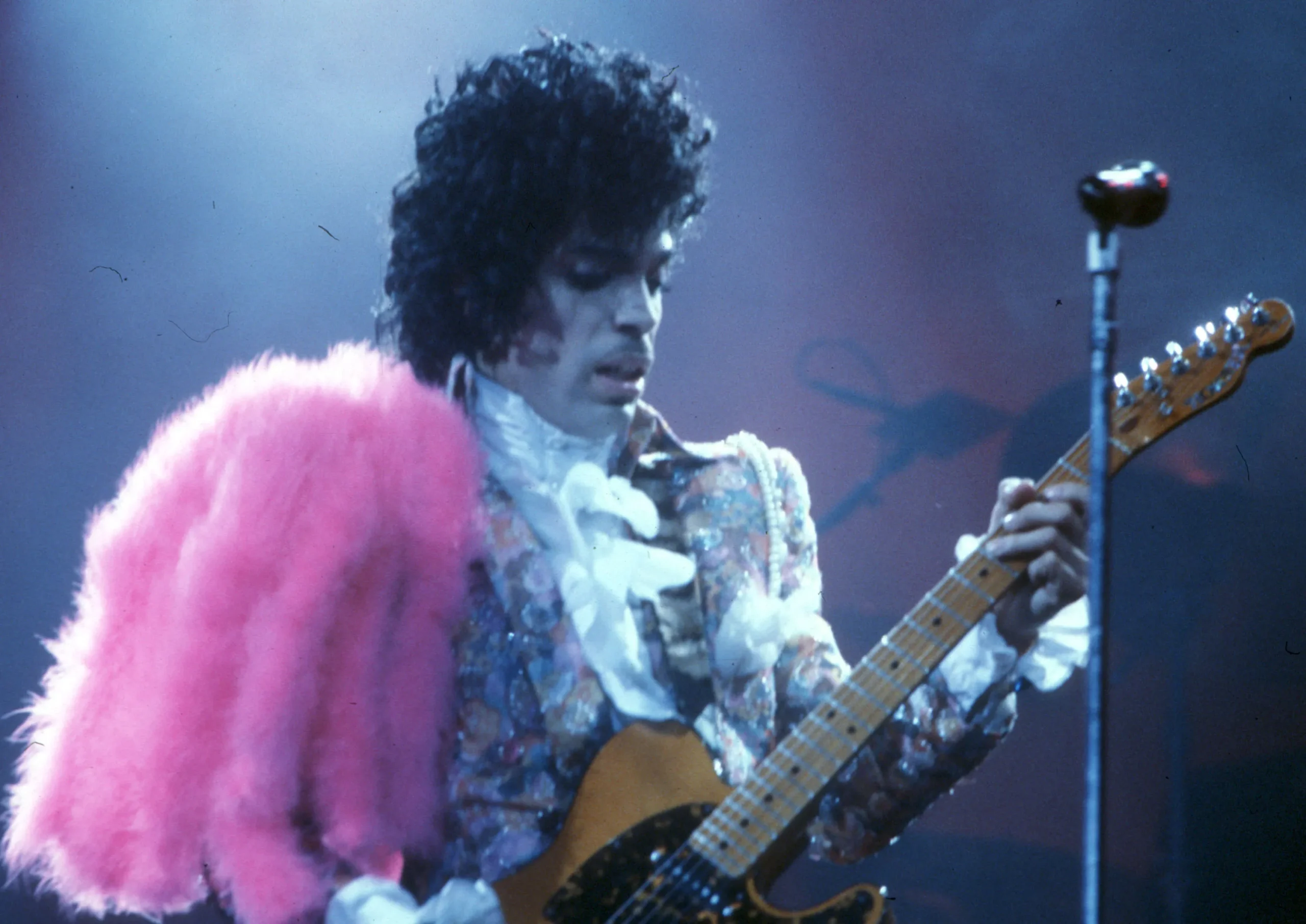In Honor of Prince’s Birthday, Editor James R. Sanders Presents a Style Perspective he Penned for Vogue Magazine in 2016 in Honor of the Great Entertainer

Coming from the school of Ma Rainey and her packaged branding that accompanied her black bottom; Little Richard and his rock and roll foundation, permed hair, and eye liner; and of course one cannot forget Rick James who gave funk its clothes and grooved with each note. Prince Nelson Jr. carried great legacies on his shoulders (including that of his father, jazz musician Prince Nelson Sr. — which was his stage name). With great expectations and a penchant for fashion, he created his own rules and became among many other things — The Artist.

In protest against his label at the time, Warner Bros., the artist was named a symbol. There was no way to spell it. His label was said to have sent specialized fonts filled with symbols to press with new music. Prince himself said that the symbol was a union of woman and man. Even before the symbol, Prince had blended the two genders together to create a purple movement.
From that moment in 1978 when he released his debut, For You, something special was about to happen. His hits came early and followed in 1980 with Dirty Mind and the following year with Controversy. The artist blended funk, rhythm and blues, and jazz together in an effortless set of octaves that didn’t change with his later releases even in his last album from 2015, HITnRUN. He was a powerful vocalist with a powerful message.

Lace and velvet were just some of his instruments of statement giving men a different kind of masculinity with heels, lace, flounced brocade, and any other fabric that could have been found lying on the cutting floor of an Edith Head-costumed film.
It never not worked — even the butt cut-outs.
Shape was essential for the Prince of Pop. His rhetoric involved movement with a celebration of masculinity that was all-inclusive in looks that could have on most others, been too feminine or not manly enough. Speedos, bodysuits, and crop tops all seemed to give new definition to how a man should dress while still praising the male physique. This was especially apparent in his signature color and in one of fashion’s best films, Purple Rain.
Once again, the master of blend-and-go, took two movements in fashion and created something unique that belonged so perfectly to him alone. If you’d like to see what Victorian-era fashion and grunge’s lovechild looks like, watch Purple Rain. The semi-biographical film spawned several hits and earned him his first Oscar for music. But the costumes would be his most recognizable trademark — he had many. The purple suit with white flounces throughout the top and a Jheri Curl that would have put to shame any of the mean girls and their coiffed and curled hairdos, is his most famous.

Janelle Monae and Bruno Mars are two artists especially, who graduated from the sartorial school of Prince. Their performances, and costuming revisits some of what Prince did — though not quite as literal. With Kanye West, A$AP Rocky, and Wiz Khalifah, gender-bending fashion, especially in the black community is becoming more accepted. But make no mistake about it, Prince is the originator.
Music aside, what Prince did for fashion as an artist of color, had never been done before. It was something that none that came before him could do. He embraced sex and used fashion to tell a story of a gender-less world that he created himself and would sometimes let us visit — a legacy that was just as big as his voice.
Prince died Thursday, April 21st in his home in Minneapolis, Minnesota. He was 57.


